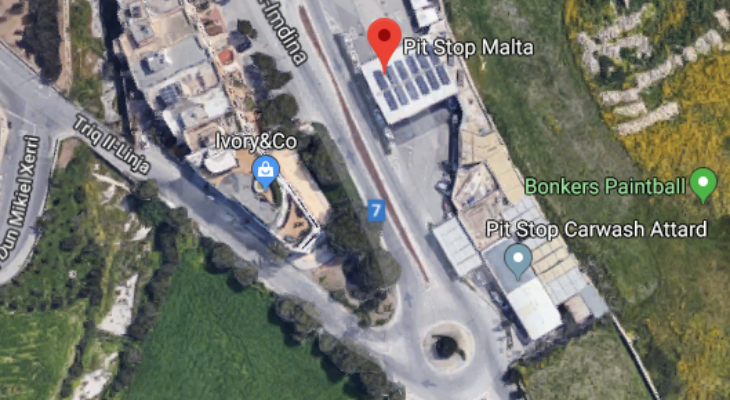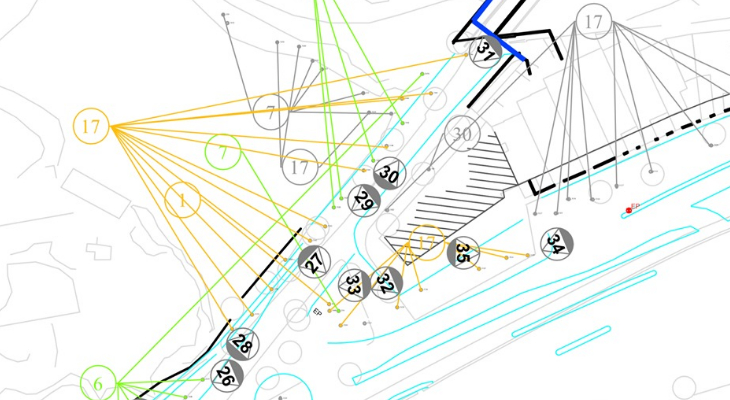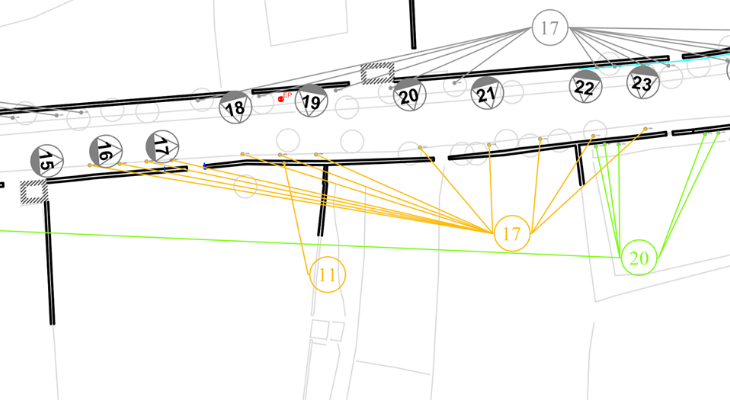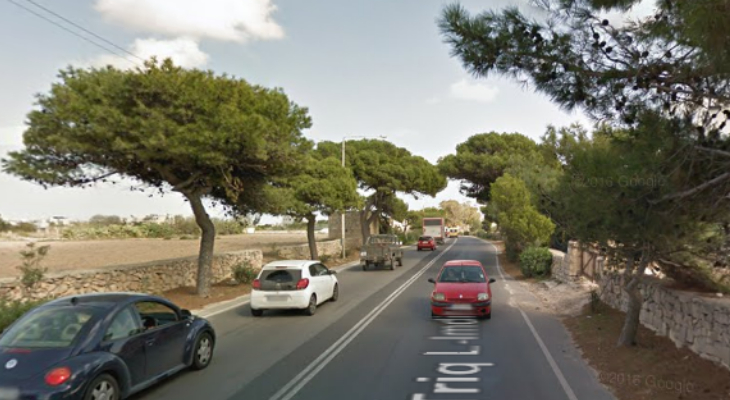Revealed! Exact location of Aleppo Pine trees to be chopped as part of Central Link project
It’s a sad, sad, situation.
By now, everyone on the islands has heard of the Central Link Project and the decision to carry on with the announced uprooting of 549 trees from Attard all the way up to Saqajja.

Google Maps
In the latest development, Ghaqda Sigar Maltin has taken to Facebook to post an update on the project and its effects on the surrounding trees. “According to final maps, a total of 44 Aleppo Pines are marked to be uprooted throughout the entire Central Link Project,” they say. The location of these trees has been revealed to be near Pitstop petrol station in Attard (labelled as number 17). The screenshots, posted by Ghaqda Sigar Maltin, are from “the final maps submitted by Infrastructure Malta on 5th June 2019 labelled as ‘valid’.”

Infrastructure Malta via Ghaqda Sigar Maltin / Facebook
Clusters of these trees will be removed to make way for the new road right before the Kappella Madonna tal-Vitorja near the Pitstop petrol station. “Aleppo Pines (Znuber) have been the main controversy where trees are concerned in this project, and rightly so as they are mature, and beautiful trees,” the organisation writes.

Infrastructure Malta via Ghaqda Sigar Maltin / Facebook
Protests have been ongoing, and it doesn’t seem they’ll come to a halt any time soon. Nearly seven thousand people form part of a newly established For OUR Trees – People tied to Trees Facebook group, a community that is protesting against the uprooting of the Attard trees as a result of the Central Link Project. The group is organising a protest on Sunday 28th July at 8.30am, and will be tying themselves to the trees.

Google Maps
Central Link has been opposed by various individuals, organisations and experts in the field. Geographer Raffaella Zammit explained that rather than tackling the roots of traffic generation, the big dogs are targeting mature trees and virgin agricultural land that will have an effect not only on the trees and surroundings, but also on the livelihood of farmers.
What do you think?